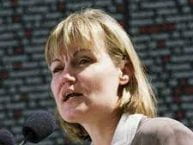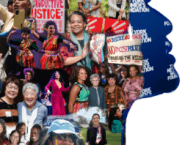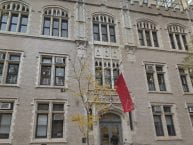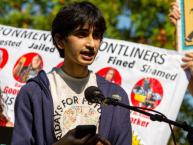Name: Armant
Social Justice Group: Refugees
Date of Fieldwork: November 21, 2017
Name of Organization: United Nations High Commissioner for Refugees
Person (people) with whom I met and their job titles: Tina Hinh
Type of Fieldwork: Interview
What I did:
We interviewed Tina Hinh, a worker at the United Nations High Commissioner for Refugees about how refugees come into the U.S. and what the UNHCR does to help.
What I learned:
This was our first interview, and at the beginning we didn’t know much at all about our topic. We knew the basis of what refugees are, but not how they came in, how they were checked for medical and mental issues, or anything else. We learned that some people are favored by the UNCHR depending on how dire their situation is. For example single mothers with children or LGBTQ members or anyone in immediate danger is prioritized. We also learned that there are five statistics that the UNHCR looks at: race, religion, nationality, political opinion, and if you’re a member of a particular social group. Due to the political climate, the amount of refugees has also drastically changed. The president is the one who chooses how many refugees can be accepted into a country per fiscal year. On average, it is 60,000-80,000. President Trump has lowered that number to the lowest (45,000) since 1980, when the president first started choosing how many refugees can come into the U.S. per fiscal year.
What I learned about Social Justice “work” and/or Civil and Human rights “work” from this fieldwork:
I learned that volunteering for an organization is not the most helpful thing, as Tina Hinh said that they had too many volunteers, and that petitioning and showing support in other ways is more helpful in some cases.





